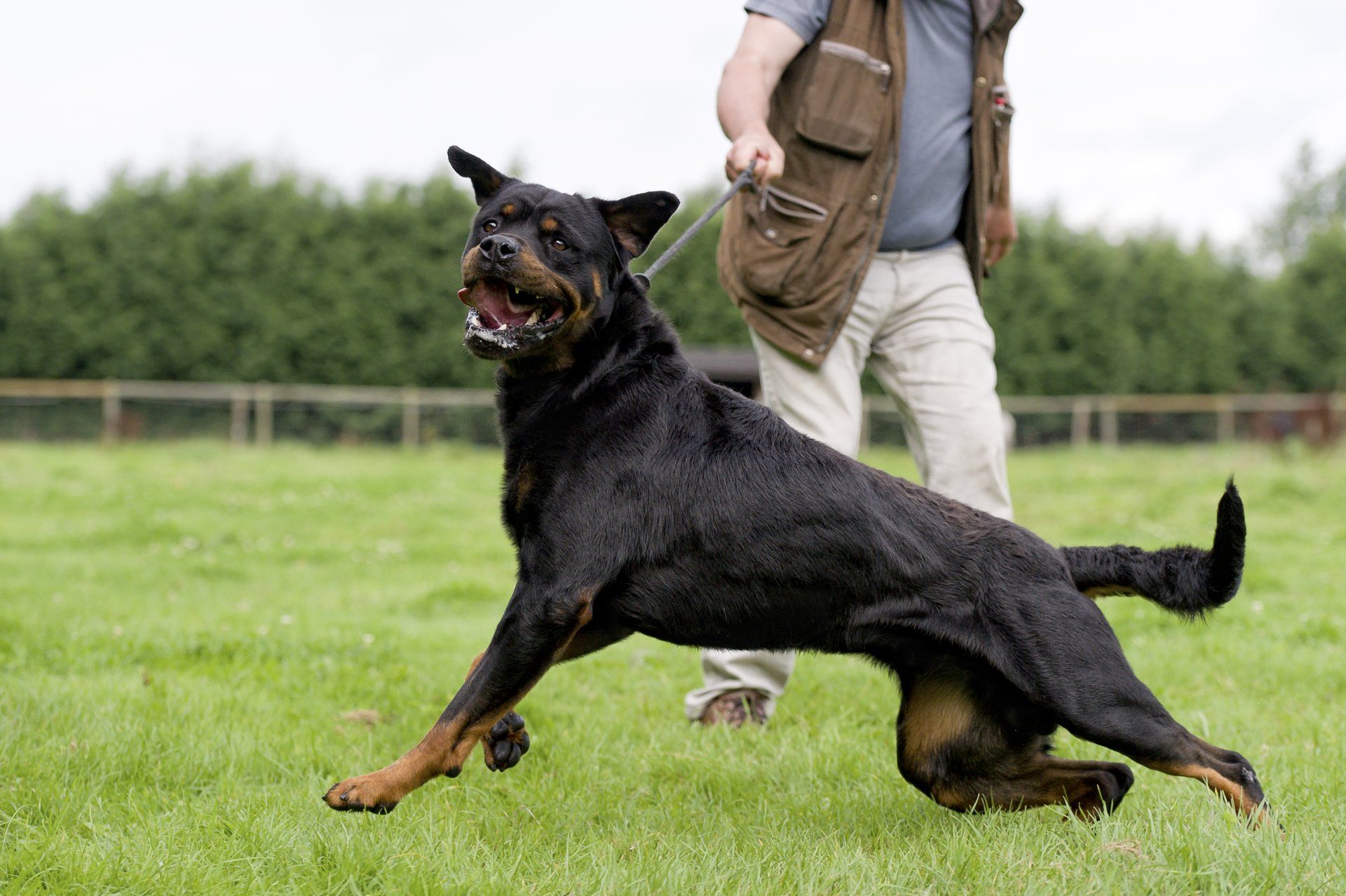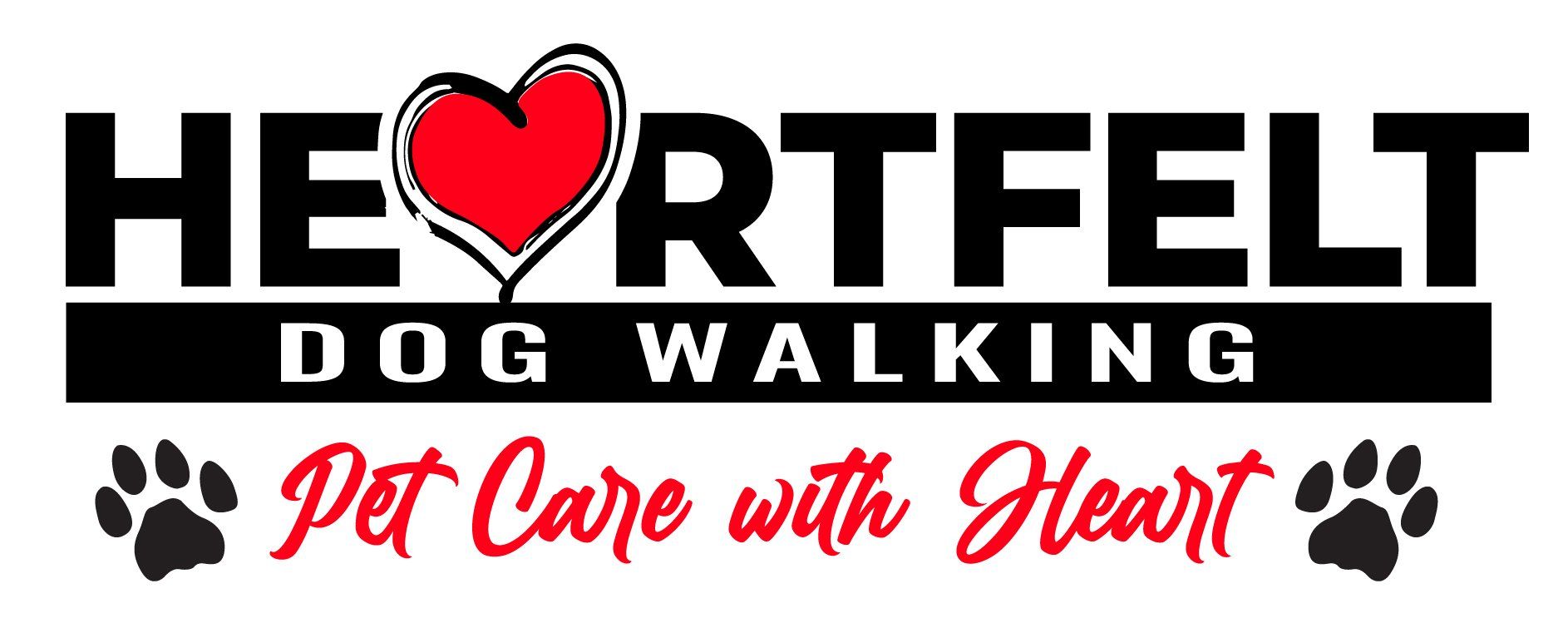BLOG

By Carol Mielke
•
13 Nov, 2021
If you find yourself avoiding or dreading walking your dog because your normally calm, well-behaved pet seems to change personalities and turn into some sort of crazed maniac while on a leash, rest assured, you are not the only dog owner with this issue and there is hope. This behavior is referred to by dog trainers as leash reactivity. I have a leash reactive dog of my own, his name is Buddy. Sometimes we have great walks, and he is a joy to be with, and then, well, there are the walks that leave me exhausted and beating myself up with thoughts like “I have trained for this, and I know what to do, why can’t I figure it out?” Buddy’s behavior on the leash has improved greatly with time and consistency however…sigh…I am not sure if he will ever be able to walk past that pair of golden doodles that live on the corner without losing his mind. Anyhow, what causes this behavior you ask? THE LEASH!! There are volumes of books written on this subject however, in a nutshell, a dog’s natural inclination is to move towards something they find interesting and move away from things that are scary. When leashed, your dog can do neither of these things. Your dog is connected to the leash which is connected to you and that is preventing him from doing what would come naturally to him if he weren’t on a leash; he gets frustrated. As humans, we can relate to this. Just think about a time you were stuck in a horrible meeting having to be quiet and with no means of escape. You probably felt frustration rising. The difference is that as a human you could reason that the meeting would be over at some point. You could calm yourself down based on that knowledge. Dogs are not capable of that kind of reasoning. To them, whatever is happening is urgent and they only know how to react to what is happening in the moment. There are degrees in the severity of reactivity. Small amounts of frustration may cause your dog to pull at the leash or bark. Larger amounts of frustration may cause your dog to bite at the leash (this is Buddy’s normal go-to), spin around or even redirect aggression toward you. At this point, your dog has pretty much (temporarily) lost his mind. There are a lot of books on the market that can help you navigate walking a leash reactive dog, my personal favorite is Feisty Fido by Patricia B. McConnell and there are dog trainers that can teach you how to respond to leash reactivity and help your dog to make better choices. If you still find walking your leash reactive dog is just too much, Heartfelt Dog Walking may be able to help. I have had a lot of practice walking leash reactive dogs and have learned training techniques that really do make a difference. Buddy is now about 80% good boy on the leash with the other 20% sort of so-so. He’s still a work in progress but I am hopeful. I really don’t see him walking calmly by the golden doodles but hey, you just never know!

17 Sep, 2021
Puppies have a small window of opportunity between the ages of 8 and 16 weeks when their genetic makeup is telling them to go out into the world, explore and learn. Unfortunately, a lot of puppy owners were taught that puppies should be sequestered inside the house or yard until they are fully vaccinated to keep them safe from disease. The timing for this just doesn’t work, we can’t confine the puppy and expect to socialize the puppy at the same time so what is the answer? In 2008 the American Veterinary Society of Animal Behavior (AVSAB) published a position paper stating the following: “The Primary and most important time for puppy socialization is the first three months of life. During this time puppies should be exposed to as many new people, animals, stimuli, and environments as can be achieved safely and without causing overstimulation manifested as excessive fear, withdrawal, or avoidance behavior. For this reason, the American Veterinary Society of Animal Behavior believes that it should be the standard of care for puppies to receive such socialization before they are fully vaccinated.” The AVSAB also stated that: “Behavioral problems are the greatest threat to the owner-dog bond. In fact, behavioral problems are the number one cause of relinquishment to shelters. Behavioral issues, not infectious diseases, are the number one cause of death for dogs under three years of age.” As someone who worked in animal rescue for many years, I can assure you that this is an accurate statement. A large percentage of dogs we pulled from shelters to rehabilitate and rehome had behavioral issues and I am certain that most of those issues came from simple lack of socialization as a puppy and not from the dog’s genetic makeup. A professional dog walker is trained to be aware of the special care that puppies require and can be an asset to the puppy’s owner by helping puppies grow up to be well-balanced adult dogs. We will actively create positive associations with all sorts of things that we encounter on walks including children, other dogs, cats, loud noises, people on wheels, people wearing hats, children running and making noises…the list goes on and on. Positive association does not mean letting strangers touch the puppy or allowing other dogs to get close to the puppy. Rather, it means that while the puppy is observing these things in his or her environment, we are pairing that observation with highly valued treats and positive words and creating a positive association so that the next time a puppy encounters something similar, he or she will not be fearful. We will also make sure to only walk in areas where there are predictable environments and a low chance of contamination. If your puppy is ready to explore the world, we would welcome the opportunity to partner with you toward making sure that your puppy grows up to be a well behaved and well-adjusted adult dog.
Content, including images, displayed on this website is protected by copyright laws. Downloading, republication, retransmission or reproduction of content on this website is strictly prohibited. Terms of Use
| Privacy Policy



